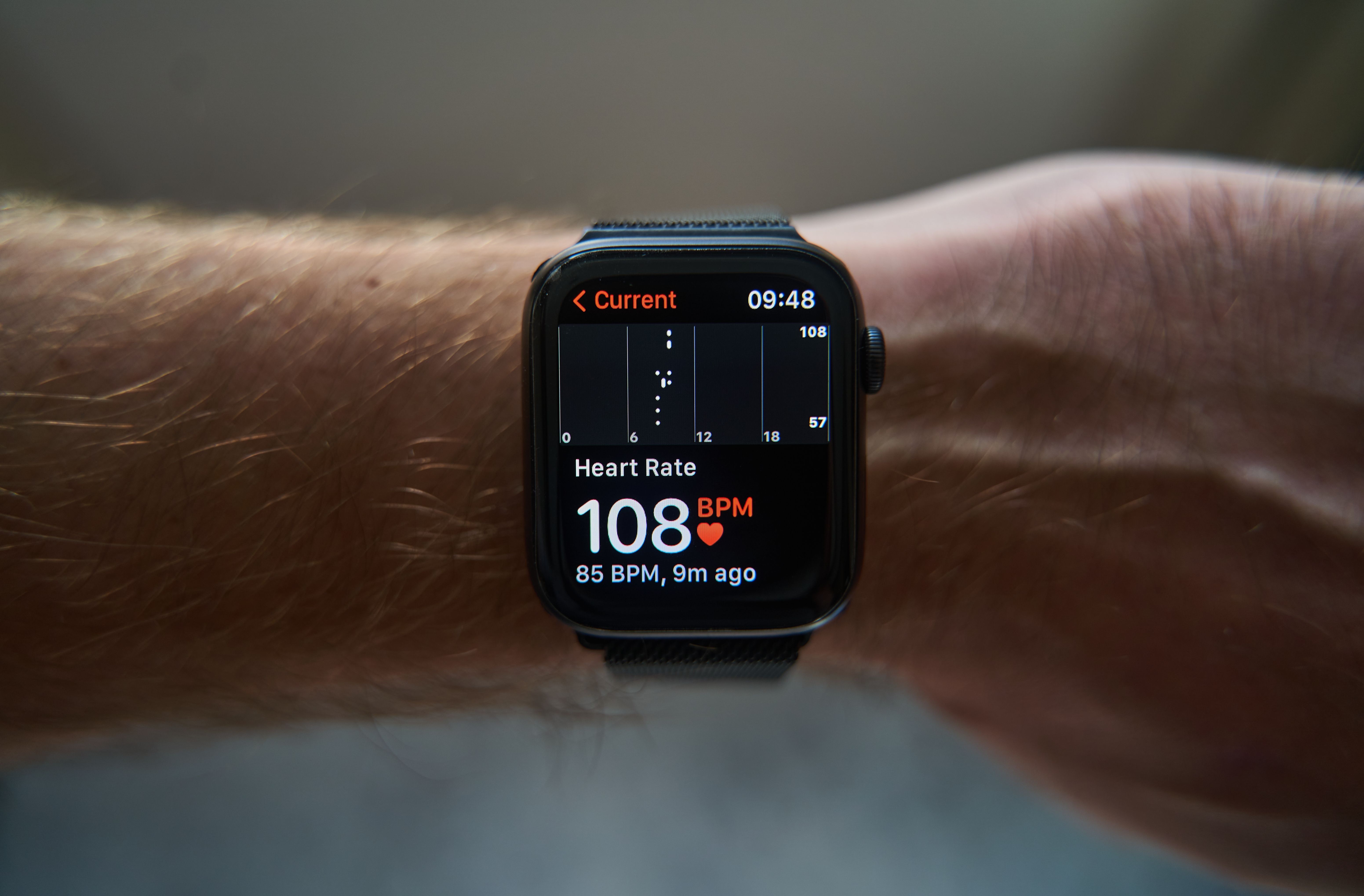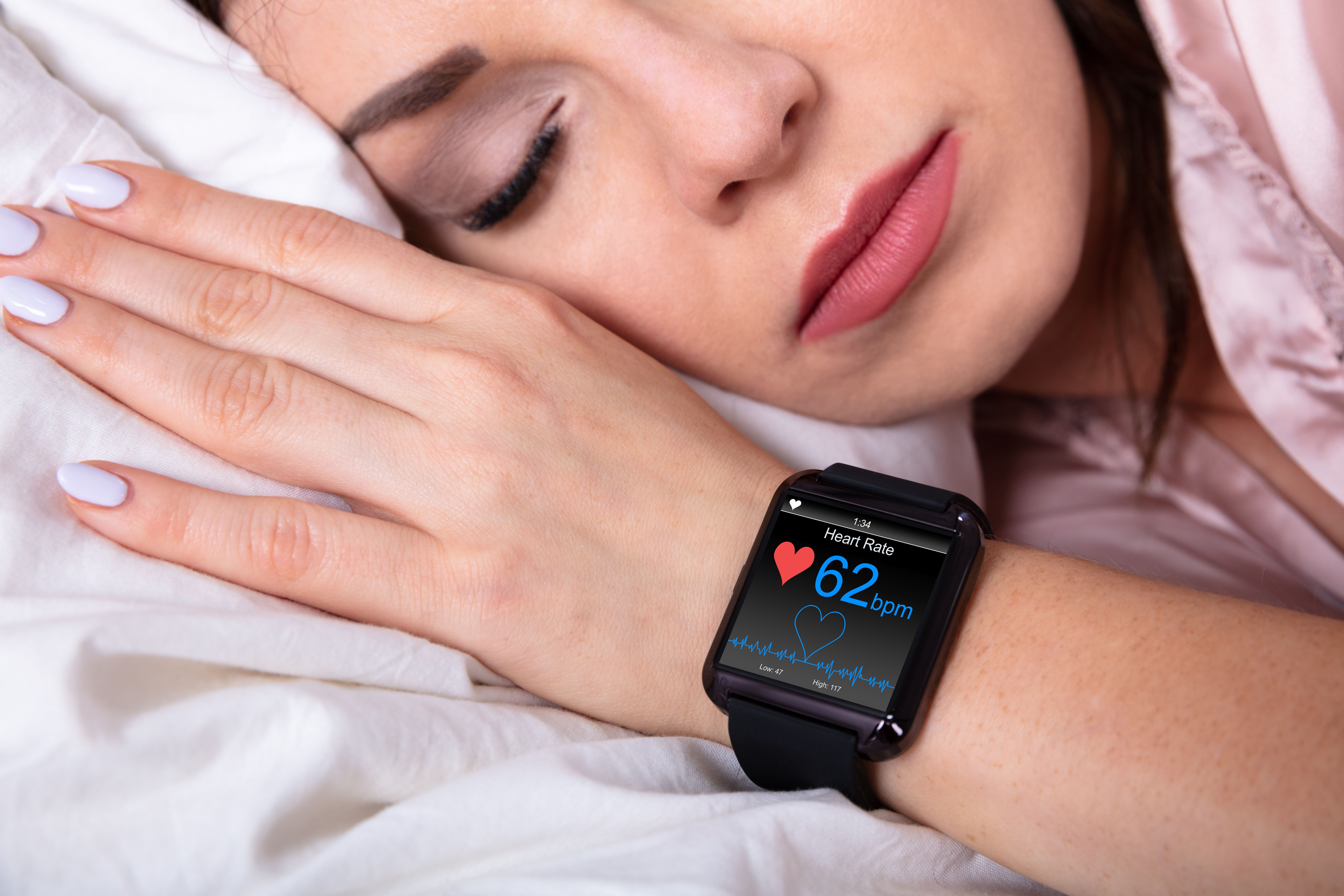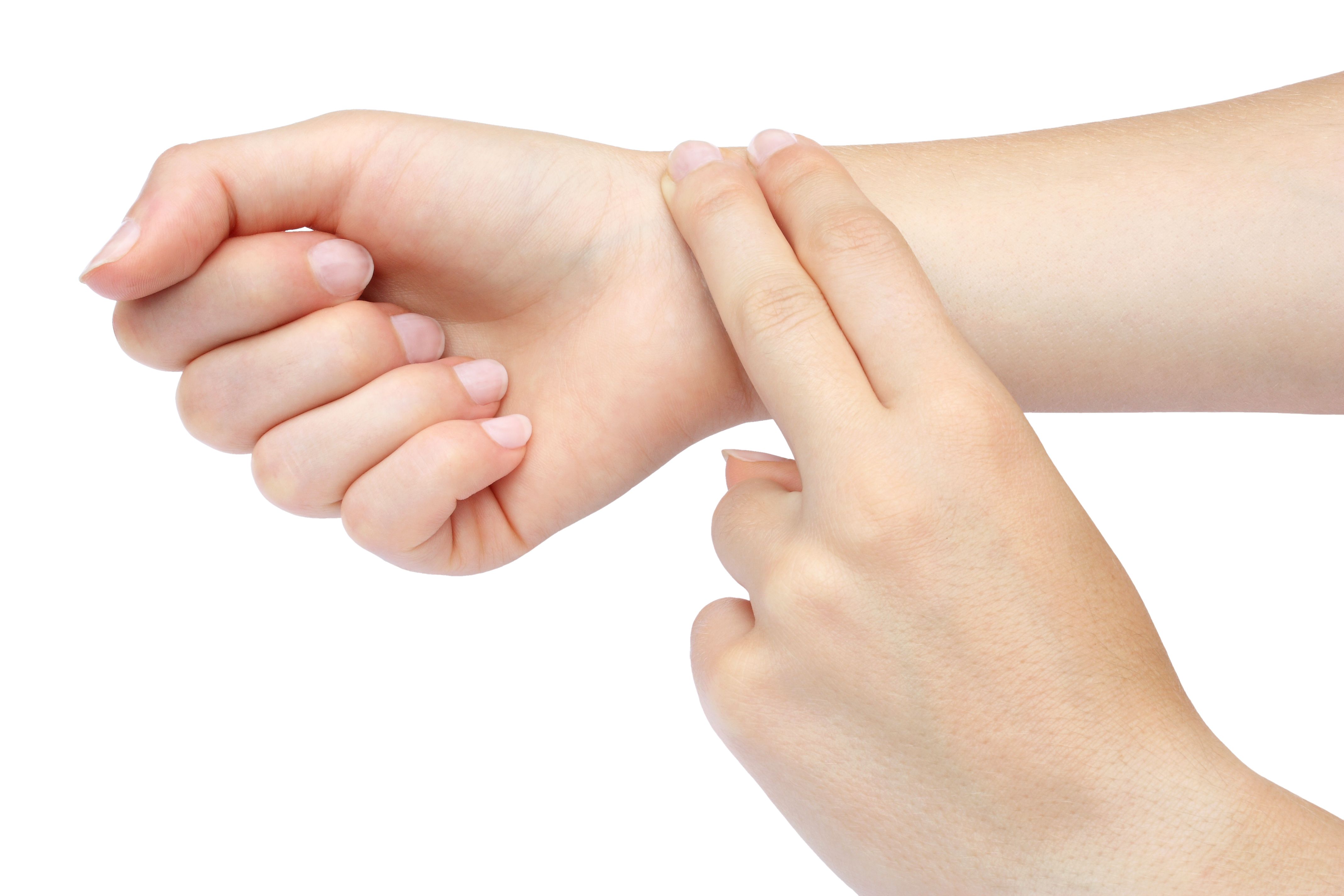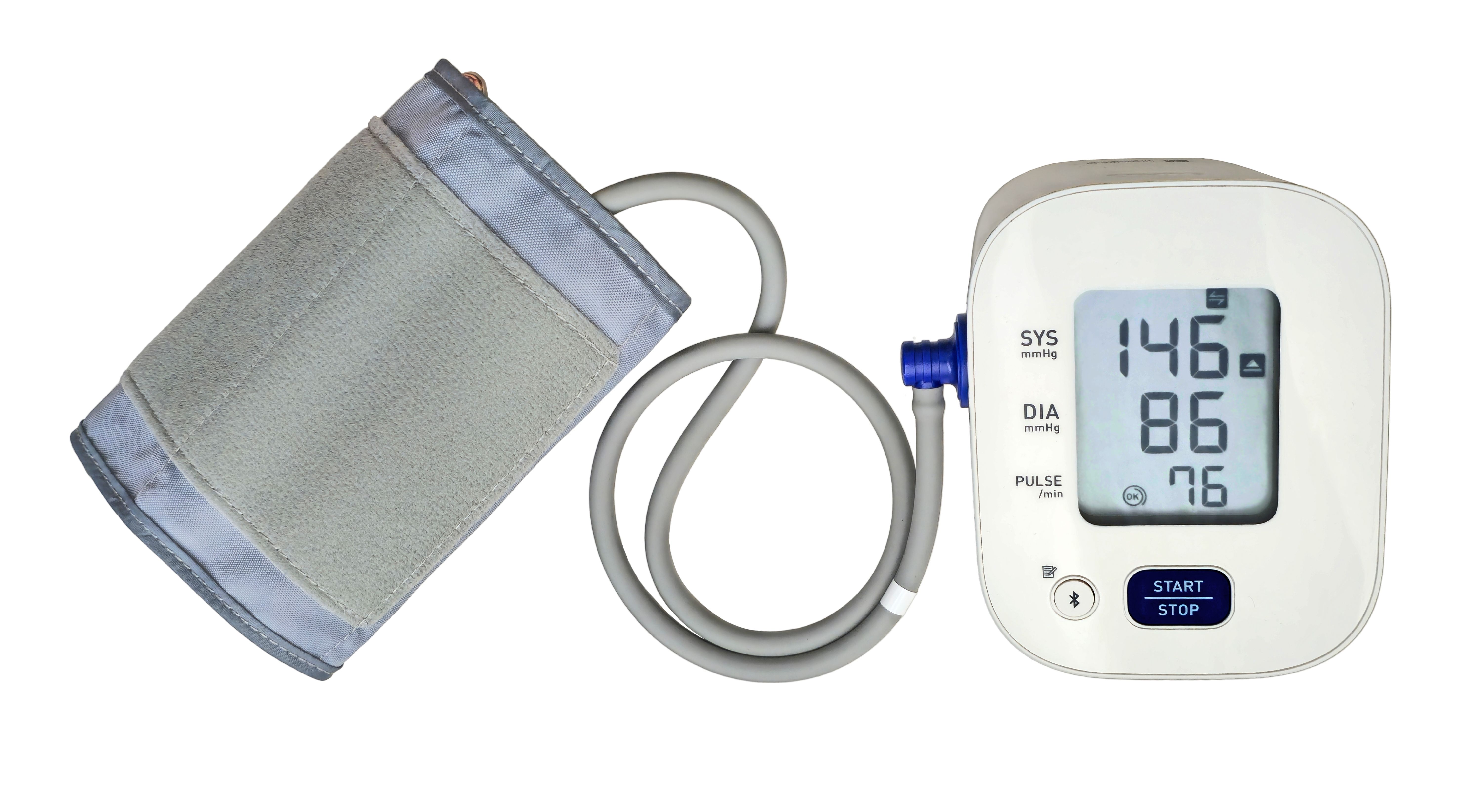Hypertension and a heart rate above 80 bpm: what are the risks?

Heart rate is an important overall health indicator. It can signal medical conditions or a need to adjust lifestyle habits, especially in case of hypertension.
What is a healthy heart rate?1-3
Your resting heart rate is the number of times your heart beats each minute (bpm) at rest, measured when you are relaxed and not engaged in physical activity.
The average bpm heart rate range at rest for adults is between 60 and 100. However, what is normal for you might be abnormal for someone else.
For some people, a low resting heart rate may mean that they are in peak physical condition, such as athletes and people with a high degree of fitness. Conversely, a high resting heart rate is linked with:
- An increased risk to develop atherosclerosis and large-artery stiffness
- An increased risk of cardiovascular disease, ischemic heart disease, and stroke
- Low fitness
- Overall poor health markers, such as high blood pressure, high body mass index, metabolic abnormalities, high hematocrit, high blood glucose, and high triglycerides
This is why an unusually high resting heart rate might prompt your health care provider to check your blood pressure or order blood tests for you.

What is the link between a high heart rate and hypertension?1,2
A fast resting heart rate is a strong predictor of future hypertension, metabolic disturbances, obesity, and diabetes. Indeed, higher resting heart rate during young adulthood is associated with a greater risk of incident hypertension by middle age. People with decreased resting heart rate have a 17% decreased risk of new-onset hypertension, whereas individuals with an increase in resting heart rate ≥10 bpm have a 23% increased risk. The risk of future hypertension increased by 11% for each 10-bpm increment in resting heart rate. Moreover, the risk of developing hypertension is significantly higher in women with high resting heart rate ≥80 bpm than those with resting heart rate <80 bpm. Prehypertensive individuals with heart rate ≥80 bpm have 50% higher all-cause mortality than people with lower resting heart rate.
This association appeared even stronger and more consistent in hypertensive patients. Indeed, elevated resting heart rate is a common feature in patients with hypertension, as about 30% of the hypertensive patients have a resting heart rate ≥80 bpm. The relationship between resting heart rate and hypertension may be explained by the fact that high resting heart rate is associated with large-artery stiffness, causing blood pressure to go up. This is why improvement of an unhealthy lifestyle should be the first goal in the management of a hypertensive patient with an elevated resting heart rate.
Indeed, healthy habits, such as exercise, can help you lower your resting heart rate. Basically, working your heart can help it pump more efficiently, reducing the number of beats required to pump the same amount of blood.
What can affect your healthy heart rate?1-4
Your average bpm heart rate range may be affected by:
- Stress
- Pain
- Poor or disrupted sleep
- Anxiety
- Medications, such as asthma medications, which can speed up your heart rate, whereas heart medications may slow it down
- Hormonal changes
- Time of day
- Caffeine, alcohol, or nicotine intake or withdrawal
- Smoking
- Infection or fever, including COVID-19
- Dehydration
- Heart conditions
- Other health conditions, such as anemia, or disease of the thyroid gland
Your resting heart rate can also change with age. According to the National Institutes of Health, the average resting heart rate by age is as follows:
- Newborns ages 0 to 1 month: 70 to 190 bpm
- Infants 1 to 11 months old: 80 to 160 bpm
- Children 1 to 2 years old: 80 to 130 bpm
- Children 3 to 4 years old: 80 to 120 bpm
- Children 5 to 6 years old: 75 to 115 bpm
- Children 7 to 9 years old: 70 to 110 bpm
- Children 10 years and older, and adults including seniors: 60 to 100 bpm

How may I measure my resting heart rate?2,4
You can measure your average bpm heart rate range manually by gently resting two fingers on the inside of your wrist at the base of your thumb, or on the side of your neck beside your trachea. Once you feel your pulse, set a timer for 60 seconds and count how many beats you feel in that time span. You will get a more accurate result if you take a few measurements and take the average.

Another way to measure your resting heart rate is to use a blood pressure monitor, which you can set to measure your pulse rate. Many fitness devices also measure heart rate. Wrist-based heart rate monitors are not as accurate as chest-based ones, but you can wear them 24/7 and get a reliable average.